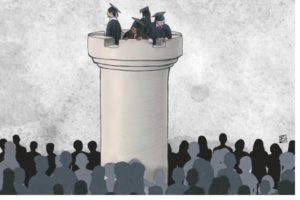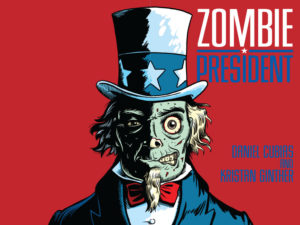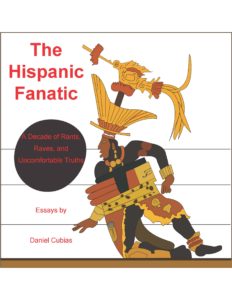It’s time for another update on how my fellow Latinos are doing.
First, the good news.
Ongoing efforts to mobilize Latino voters are paying off, and Hispanics are poised “to become a consequential voting bloc influencing contested races in the 2024 presidential election.”
So instead of leaving it to Black women to save America over and over again, perhaps we Latinos can step up for democracy this time.
Your other bit of good news is that scientists are testing new technology on immigrant workers that will “send alerts when the core body temperature rises critically or when other alarming signals indicate heat stress.” The innovation could save the lives of many Latin American immigrants, who often toil in brutal heat to keep the nation’s economy humming.
But that leads to the bad news.
You see, recent studies have shown that Latino kids in states with more anti-immigrant laws “are in poorer health.”
Yes, bigotry is lethal. The study found that Latino children living in states with more anti-immigrant laws and policies—and its “resulting inequities in access” —are more likely to suffer chronic physical health conditions and mental health issues.
On a related note, Latino kids nationwide are also being kept ignorant about their own history.
Recent research has shown that “most of the seminal events” in U.S. Latino history “are not a subject of study in high schools across the country.” The study found that “87% of key Latino topics were either not covered in U.S. history textbooks or were mentioned in just five or fewer sentences.”
And speaking of education, you will be disconcerted to discover that over half of Latino college students considered dropping out last year, which is a substantial increase since 2020 and comes “after Hispanics had made significant gains in higher education.”
As if that weren’t enough, another study has shown internecine strife among Latinos. The study says that most Latinos who struggle with Spanish say another Latino “has made them feel bad for it.” So it’s bad enough that we have white supremacists targeting us. But here is fresh proof that we can be our own worst enemy.
Take it from someone whose abuela was constantly muttering “sin verguenza” about my lack of fluency. That attitude doesn’t magically make someone bilingual.
Well, that’s about it. As usual, the bad news seems to outweigh the good.
Oh, and one more thing. The recent surge in hate crimes, which includes spikes in antisemitism and Islamophobia, also includes a “significant increase” against Latinos.
So there’s that.
Aren’t you glad that I led off with the good news?











